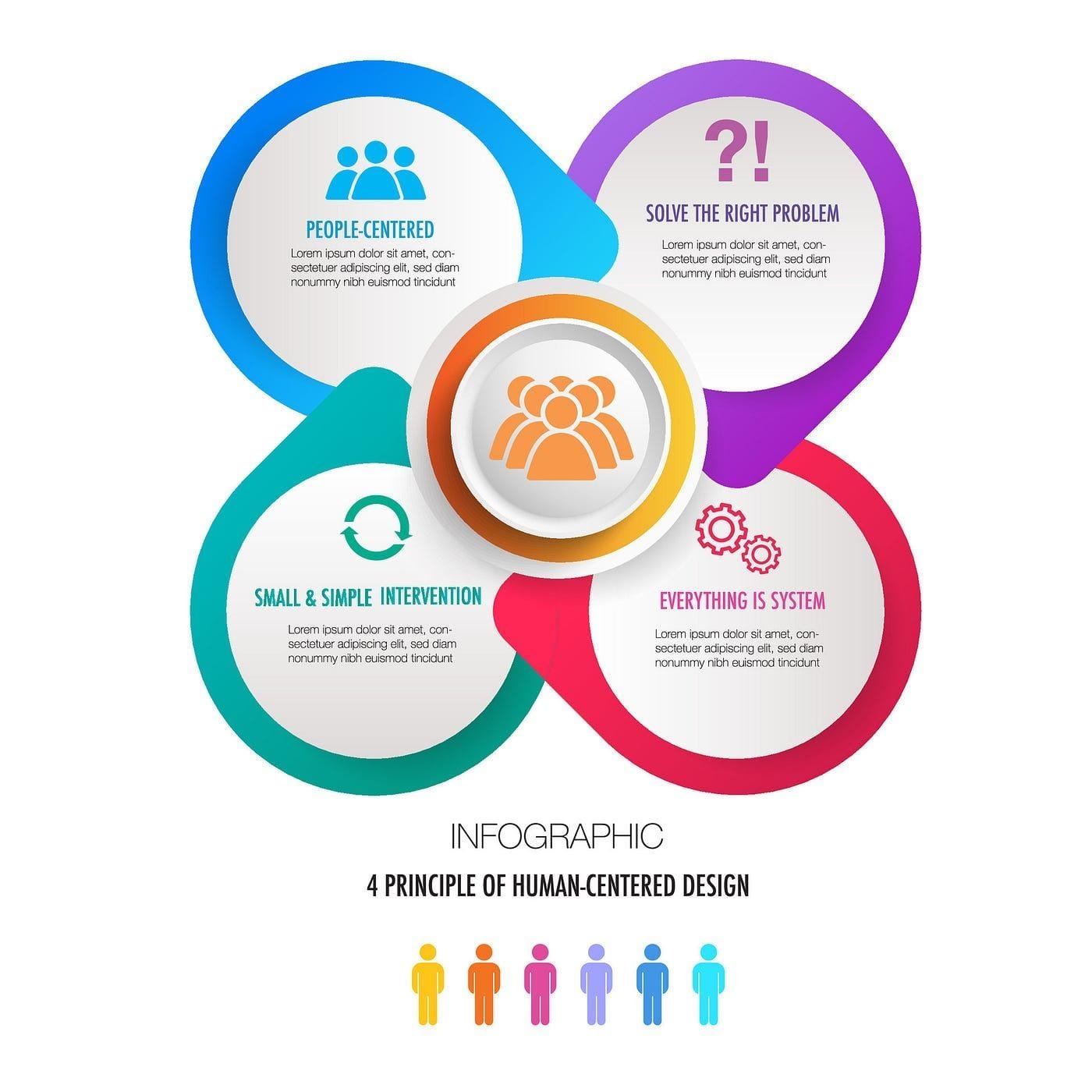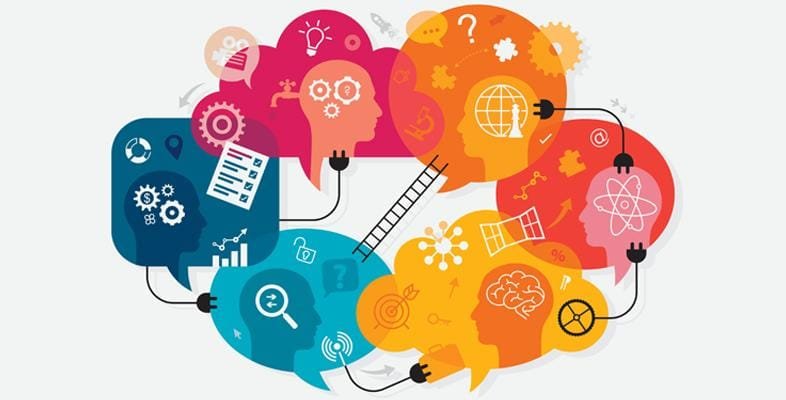Table of Contents
As we stand on the precipice of a new era, the conversation around artificial intelligence is evolving beyond mere lines of code. Once confined to the realms of algorithms and data sets, AI has begun to weave itself into the very fabric of human experience, reshaping industries and reimagining possibilities. It is no longer just a tool; it has become a partner in creativity, a bridge in communication, and a solver of complex global challenges. This transition prompts us to explore uncharted territories — areas where intuition, emotion, and ethical considerations intersect with computational prowess. In this exploration, we delve into how AI is transcending its traditional boundaries, revolutionizing our understanding of intelligence itself, and paving the way for innovations that could redefine what it means to be human in an increasingly automated world. The journey into this new frontier promises to be as complex and fascinating as the technology we create, urging us to reflect on the implications of our creations and the roles we choose to play in shaping the future.
Exploring Human-Centric Design in AI Development
The evolving landscape of artificial intelligence is not solely defined by algorithms and data sets, but increasingly by the needs and experiences of the users it serves. Human-centric design prioritizes the emotional and cognitive aspects of user interaction, fostering a symbiotic relationship between technology and people. This approach involves understanding users through various methods, such as:
- Empathy Mapping: Identifying user needs, emotions, and pain points.
- Iterative Prototyping: Using feedback loops to refine AI systems based on user experiences.
- Inclusive Design: Ensuring accessibility for users with diverse backgrounds and abilities.
By embedding these principles into AI development, practitioners can create tools that reflect a deeper understanding of human behavior. A human-centered methodology leads to enhanced user satisfaction and adoption rates, resulting in innovations that resonate with society. The table below highlights key elements of this approach:
| Element | Impact |
|---|---|
| User Feedback | Drives continuous improvement in design. |
| Interdisciplinary Teams | Brings diverse perspectives to problem-solving. |
| Real-World Testing | Validates usability in everyday contexts. |

Harnessing Interdisciplinary Collaboration for Innovation
In today’s rapidly evolving landscape of artificial intelligence, the fusion of varied disciplines is essential for breakthrough innovations. By integrating knowledge from fields such as psychology, ethics, engineering, and design, teams can create AI systems that not only perform sophisticated tasks but also cater to human needs, ethical considerations, and societal impacts. This collaborative approach enables the development of holistic solutions that address the multifaceted challenges of AI implementation. For instance, incorporating insights from behavioral science can enhance user experience and trust, while ethical frameworks guide the responsible deployment of AI technologies.
To illustrate the power of interdisciplinary collaboration, consider the following areas where diverse expertise can lead to significant advances in AI:
| Field | Contribution to AI |
|---|---|
| Psychology | Understanding human behavior for better user interface design. |
| Ethics | Establishing guidelines for fair and responsible AI use. |
| Design | Creating intuitive and accessible AI-driven applications. |
| Data Science | Leveraging statistical methods for improved decision-making. |
As we stand on the threshold of a new era, the collaborative efforts between technologists, humanists, and scientists are not merely advantageous but imperative. By nurturing an environment that encourages the cross-pollination of ideas, we can spur innovations that are not just technologically advanced but also socially aware and ethically sound. This multidimensional perspective is what will ultimately define the future of artificial intelligence, making it not just a tool of power but a force for good.

Ethical Considerations: Navigating the Moral Landscape of AI
The rapid integration of artificial intelligence (AI) into various aspects of our lives has sparked a myriad of ethical questions that cannot be overlooked. As we usher in an era where machines can make decisions that impact human lives, the importance of establishing a robust ethical framework becomes paramount. Key areas of concern include:
- Accountability: Who is responsible when AI fails or causes harm?
- Bias: How do we ensure algorithms are free from discrimination?
- Transparency: Can we demystify the decision-making processes of AI systems?
- Privacy: How is personal data handled and protected?
Beyond the operational implications, ethical considerations also encompass the broader societal impact. AI has the potential to perpetuate existing inequalities if not managed wisely. By emphasizing inclusivity in AI development, we can mitigate risks and promote fairness. Some guiding principles for ethical AI development include:
- Inclusivity: Engaging diverse voices in the design process.
- Responsibility: Designing systems that prioritize human well-being.
- Long-term thinking: Evaluating the societal impacts of AI on future generations.
| Principle | Action |
|---|---|
| Inclusivity | Incorporate community feedback in AI projects. |
| Accountability | Implement clear guidelines for AI accountability. |
| Transparency | Develop accessible documentation of AI algorithms. |

Empowering Users: The Future of AI Education and Accessibility
In the rapidly advancing landscape of artificial intelligence, putting the power of knowledge in the hands of users is essential. The future will see a shift from traditional AI education towards a more hands-on, interactive approach. By leveraging immersive learning tools and user-friendly interfaces, we can facilitate a deeper understanding of AI algorithms and applications. This democratization of knowledge allows individuals, regardless of their technical background, to explore AI fundamentals and engage with the technology innovatively. Imagine educational platforms that utilize virtual reality and augmented reality to simulate real-world AI scenarios, enabling learners to grasp complex concepts intuitively.
Accessibility will also play a pivotal role in shaping the future of AI education, ensuring that learning is available to everyone, everywhere. To achieve this, developers must prioritize the creation of multilingual resources and adaptive learning technologies. Key features to consider include:
- Personalized Learning Paths: Tailored content to meet individual skill levels.
- Community Engagement: Forums and networks where learners can share insights and collaborate.
- Accessible Content: Design solutions that cater to different learning requirements.
| Feature | Benefit |
|---|---|
| Interactive Simulations | Hands-on experience with AI applications |
| Mobile Learning | Access to resources anytime, anywhere |
| Open-Source Tools | Encourages innovation and collaboration |
Concluding Remarks
As we stand on the brink of this exhilarating new frontier in artificial intelligence, the journey beyond the code offers an expansive horizon filled with both promise and complexity. We have glimpsed the potential of AI not merely as a set of algorithms, but as a catalyst for innovation that can enhance our understanding of the world, foster creativity, and reshape our interactions within society.
This evolution encourages us to rethink our relationship with technology; to see it not just as a tool, but as an ever-evolving partner in our quests for knowledge and efficiency. As we navigate through uncharted territory, it’s crucial to approach these advancements with a blend of curiosity and caution. The ethical implications, societal impacts, and personal responsibilities that accompany such power are as important as the technology itself.
In this age of intelligent connectivity, the future may not be solely defined by what AI can do, but by how we choose to harness its capabilities for the greater good. By embarking on this journey together, we have the opportunity to create a narrative that prioritizes collaboration, transparency, and humanity’s aspirations. the adventure beyond the code is not just about shaping intelligent machines; it’s about shaping a profoundly intelligent future for all.



